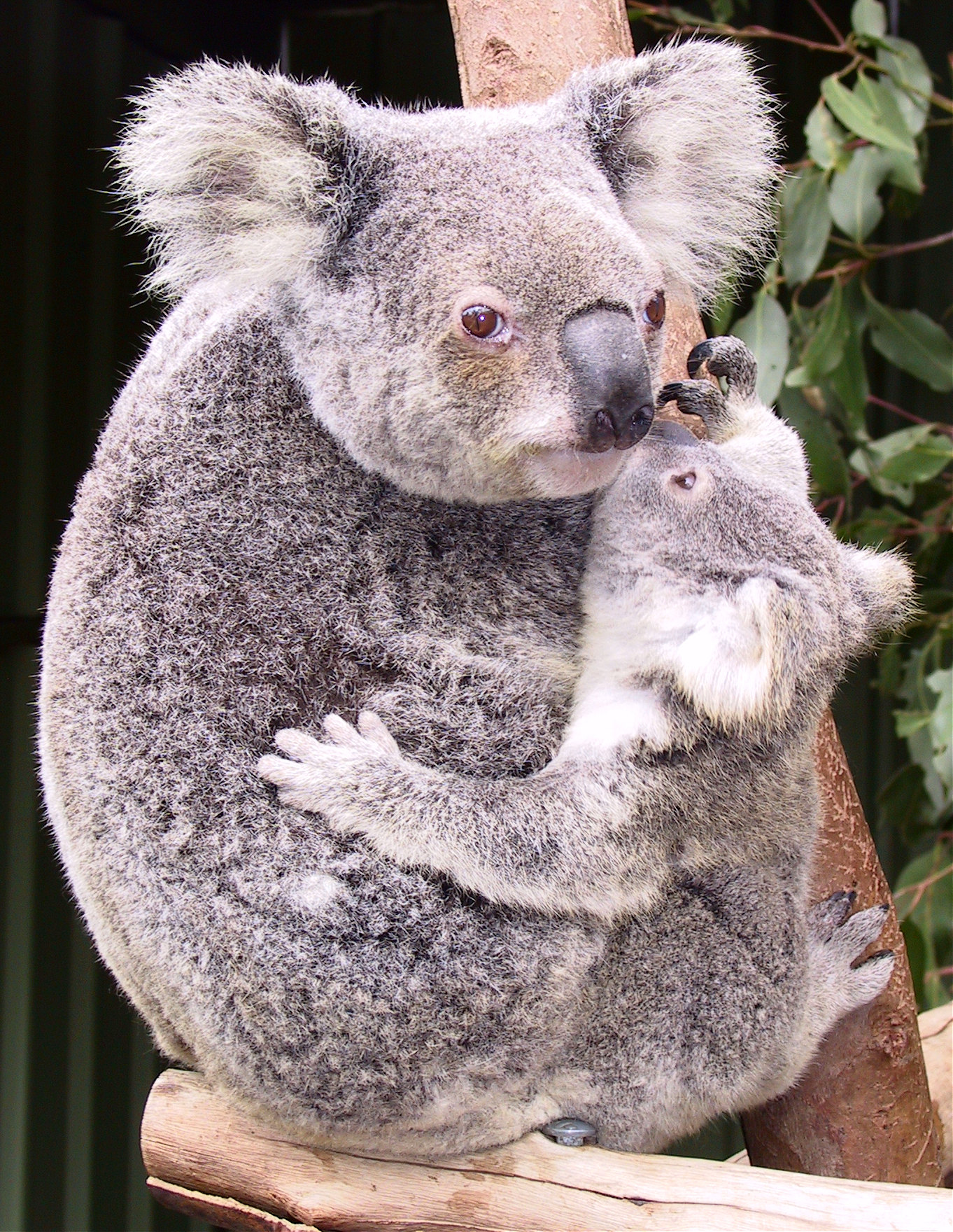By Karen Barrow, The New York Times, February 20, 2012
The koala, one of
Australia’s most treasured creatures, is in trouble.
Faced with habitat
loss, climate change and bacterial disease, koalas
are being pushed into smaller and smaller regions of the country. In Queensland,
the vast state in Australia’s northeastern corner, surveys suggest that from
2001 to 2008, their numbers dropped as much as 45 percent in urban areas and 15
percent in bushland.
And while climate change and habitat loss are affecting many other
uniquely Australian animals, too — from birds and frogs to marsupials like
wombats, wallabies and bandicoots — it is a bacterial infection that is
worrying many scientists about the fate of the koala.
“Disease is a somewhat silent killer and has the very real potential
to finish koala populations in Queensland,” said Dr. Amber Gillett, a
veterinarian at the Australia Zoo Wildlife Hospital in Beerwah,
Queensland.
The killer is chlamydia, a class of bacteria far better known for
causing venereal disease in humans than for devastating koala populations.
Recent surveys in Queensland show that chlamydia has caused symptoms in up to
50 percent of the state’s wild koalas, with probably even more infected but not
showing symptoms.
The bacteria — transmitted during birth, through mating and possibly
through fighting — come in two different strains, neither the same as the
human form. The first, Chlamydia pecorum, is causing a vast majority of health
problems in Queensland’s koalas; the second, C. pneumoniae, is less common.
Unlike C. pecorum, the pneumoniae strain can jump to other species,
but so far there is no evidence that it has spread from koalas to humans or
vice versa.
Chlamydia causes a host of symptoms in koalas, including eye
infections, which can lead to blindness, making it difficult for them to find
scarce eucalyptus leaves, their primary food source. The bacteria can also lead
to respiratory infections, along with cysts that can make female koalas
infertile.
The epidemic has been particularly severe in Queensland, where nearly
all koalas are infected with koala retrovirus, said Dr. Gillett. This
retrovirus is an H.I.V.-like infection that suppresses the koala’s immune
system and interferes with its ability to fight off chlamydia.
“In southern koala populations, where koala retrovirus is much less
prevalent, normal immune functions tend to result in fewer cases of chlamydia,”
Dr. Gillett said.
Treating chlamydia in wild koalas is a challenge, she said. The
disease is so devastating that only a small percentage of the animals can be
treated successfully and returned to the wild. And infected females often
become infertile — a condition that cannot be reversed, so future population
growth is affected as well.
There is no treatment available for koala retrovirus, but researchers
are working to test a vaccine that would help prevent further spread of
chlamydia infection in Queensland’s koalas.
A study published in 2010 in The American Journal of Reproductive
Immunology found that this vaccine is both safe and effective in healthy female
koalas. Further work is being done to test it in koalas that are
already infected.
Peter Timms, a professor of microbiology at the Queensland
University of Technology who is leading the effort to test the chlamydia
vaccine in koalas, is hopeful that there will be another trial this year to
test the vaccine in captive male koalas, followed by wild koalas. If all goes
well, plans can be set in motion to distribute the vaccine more widely.
“It’s going to be impossible to vaccinate all wild koalas,” he said.
In Australia, there is no national plan to save the koala; it is up to
each region to establish management plans for its koala population. Therefore,
once the vaccine is shown to be completely safe and effective, Dr. Timms
suggests targeting specific, threatened populations where capturing and
releasing koalas would be practical, like those bordered on all sides by
housing developments and roads.
Dr. Timms is also working on a single-dose form of the vaccine to make
it more feasible to vaccinate wild koalas.
Another possibility would be to make vaccine distribution a routine
part of treatment for the thousands of koalas brought into care centers every
year after they are injured by cars or dogs, Dr. Timms said.
While it is a combination of problems that are affecting the wild
koala population, many experts believe this vaccine would be an important step
in helping koalas survive longer. It may buy enough time to give researchers a
chance to solve some of the other problems facing Australia’s koalas.
“In situations where you combine habitat pressure, domestic dog
attacks and car hits with severe chlamydial disease, the outcome for koalas is
devastating,” Dr. Gillett said.

No comments:
Post a Comment